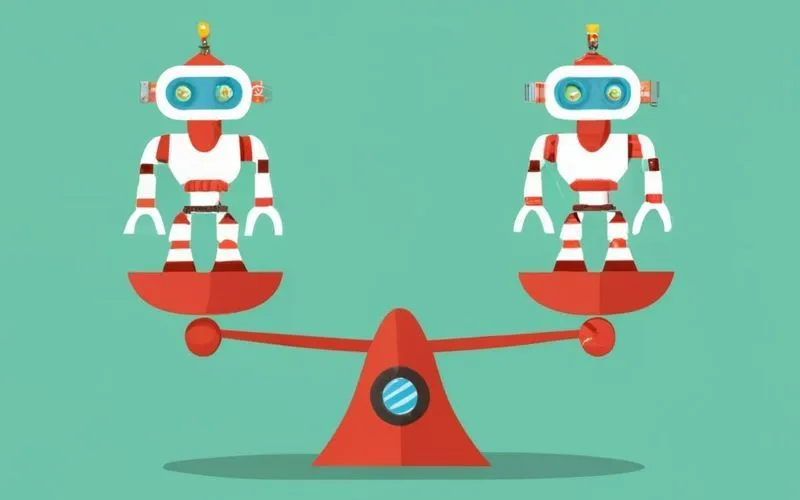We've heard a lot about AI in education over the past six months, and to say that this is a hot topic would be quite the understatement. So much good information and useful insight has already flooded the online landscape around how we harness the power of this technology to support pupil development and reduce employee workload. Perhaps less developed however, is the discussion around how AI poses a risk to widening social inequity but interestingly, also a very viable potential solution to it through accelerated learning and better access to high-quality learning support.
In the age of generative AI, there are now risks associated with how quickly some children might be given the opportunity to advance their knowledge, understanding and skills in comparison to others - by simple virtue of the fact that they are from more affluent households with technology and resources at their disposal that other children simply do not have.
We saw some of this imbalance during the turbulence of the pandemic and the impact it had on not just the school system as a whole, but in the aftermath of a tsunami of mental health problems and ever-widening gaps between the most and least able pupils. Children with gardens fared better than those stuck in a high-rise. Children with fibre broadband connections and a 27-inch iMac did better than those on 4G pay as you go data plans, accessing google classroom on a cracked android phone screen.Fact.
So can we assume that we're heading in the same direction with regard to the potential imbalance in access to AI? My feeling is a resounding and wholly depressing, yes. Children's ability to accelerate their own learning independently through this incredible technology depends on those same internet connection speeds and the same access to devices that saw the pandemic carve a Grand-Canyon-sized rift between the haves and have-nots. In my mind,further division is foreseeable if not inevitable unless positive and decisive action is taken. Whilst educators are rightly focused on how to harness the power of this technology in schools, we also need to be talking about how we level the playing field. The flats and terraces in Croydon need to be keeping up with the mews-houses in Notting Hill.
So what needs to happen? At a national level, we need an action plan. That much is clear. A strategy on how to address disadvantage and wider social mobility issues must include a strategy on access to generative AI for all. Any national strategic discussion needs to take into account the pitfalls of access to technology, bias in AI algorithms, disparity in school resources (especially between the independent and mainstream sectors)and inequities in tech literacy caused by historical neglect in disadvantaged communities. We can address some of these things in schools but not all of them, and not to the extent required to effect long-term change.
This technology is perhaps the biggest gift that humanity has given to itself since that great Brit and proponent of access for all, Tim Berners Lee, created the thing that is allowing you to read this on your phone or laptop right now. As a society we risk using it to perpetuate the status quo, to maintain imbalance, to perpetuate disadvantage...or could we take action to harness the power of generative AI to try to tip the scales just a little in the other direction? I am optimistic about the future -not least of which because of the awesome power of this technology.Personalised learning, access to quality resources, closing the attainment gap,enhancing teacher capacity, lifelong learning, innovation in education... all these things are within reach, and within reach for everyone. Now feels like the perfect opportunity to grab it.



